It’s been a long time, since anyone has been successfully convincing that with the collapse of the Roman empire, an objectively superior civilisation somehow ‘fell’, whatever that means, leading to ‘dark ages’ from which the peoples of Europe would only gradually manage to extract and redeem themselves.Its the dark side of the moon theory. It’s not just that the evidence never really sustained this story very conclusively; to assert it would require a style of cultural confidence no longer remotely fashionable, while the message it would send regarding our own times might sound less than entirely encouraging.
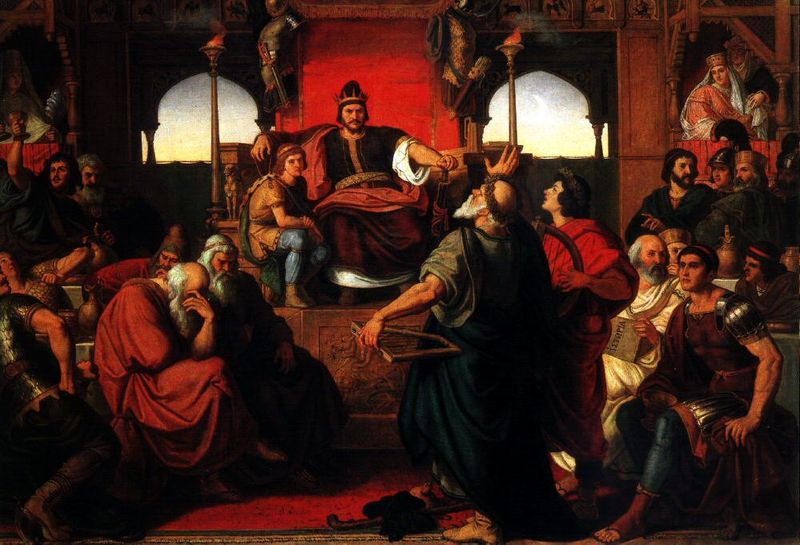
Attila the Hun: '' In the most part of Western Europe, he was remembered as an example of cruelty and greed. The campaign failed in Persia in 441 followed by the invasion of the Eastern Roman Empire, the success of which encouraged Attila to invade the West. He passed in Austria and Germany unhindered, across the Rhine to the Gael, he was seized and destroyed all the people on the street with the ferocity that is not measurable and barbaric while forcing them to become soldiers to add his huge army. Attila died because of drowned in his own blood on his wedding night.''
”Why this sudden restlessness, this confusion?
(How serious people’s faces have become.)
Why are the streets and squares emptying so rapidly,
everyone going home so lost in thought?
Because night has fallen and the barbarians have not come.
And some people arrived from the borders,
and said that there are no longer any barbarians.
And now what shall become of us without any barbarians?
Those people were some kind of solution.” ( Constantine Petrou Cavafy )
The barbarian invasions is a general term to encompass the interactions between the Western Roman Empire and the waves of peoples who came out of the North and East, first to challenge its borders but eventually transforming its very nature, over a period of about the first 900 years of the C.E. and with a geographical remit stretching from Tunisia to Scandinavia, Romania and the Crimea to East Anglia.
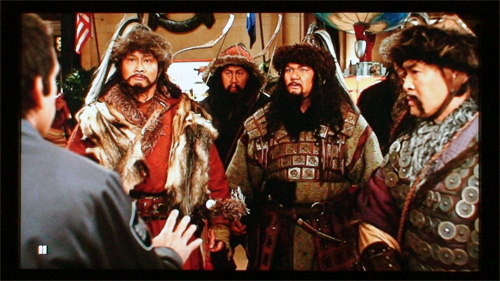
''Similarly, when Larry attempted to impress Attila The Hun with magic tricks (58:06), the level of detail on the Huns' costumes – from the fur helmets to the ornate metal pieces constituting the armour vests – was simply astounding to say the least:''
Culturally, the common view is of a present-tense Europe enduringly proud of its Roman roots, yet quick to repress the memory of its barbarian heritage . The use of he heavily-loaded term ‘barbarian’ constituting, in itself, an attempt to reclaim and reformulate its implications. We are still far from a point where calling something ‘barbaric’ will evoke not thuggish brutality underpinned by ignorance and credulity, but rather good manners, engaging cultural diversity, the production of some extraordinarily attractive art and metal-work and, perhaps some clear and grammatical speech as well.
There is still a difficulty of finding something endearing to say about the barbarians ;— the invention of the ‘noble savage’ view of barbarians, is somewhat condescending that denies culture extending beyond defined geographical boundaries. We are still chipping away at distinctions. The most evident result, however, was the synthesis and redefinition of the form of Christianity that came to define Western Europe and distinguished itself in marked ways from the Orthodox East and Islamic South. this owed as much to its barbarian adherents, and opponents, as it did to Graeco-Roman civilisation. Quite soon, in any case, it becomes difficult to make much of a distinction between these two notionally antithetical cultures. Out of cultural collision and conflict, it seems, comes ‘rebirth’, however awkward and painful the process may be. The Barbarians were the agents, often unwittingly, of one of the most astounding and reinvigorating instances of cultural synthesis in the history of humanity.
e-barbarians.html">
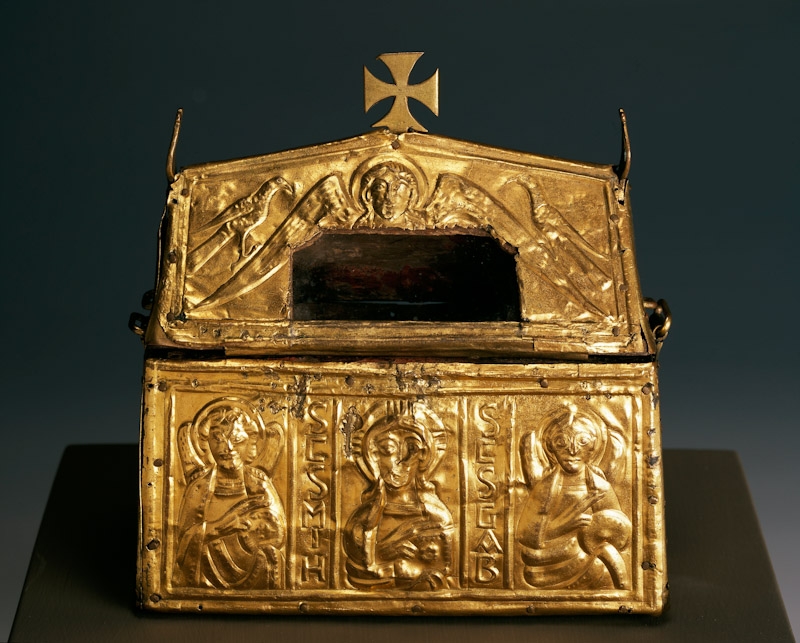
Rome and the Barbarians. palazzo grassi



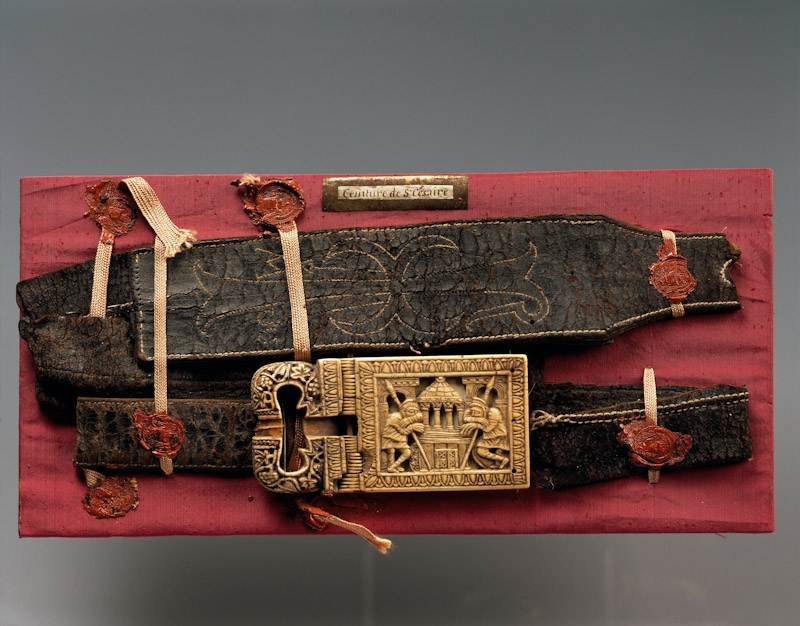
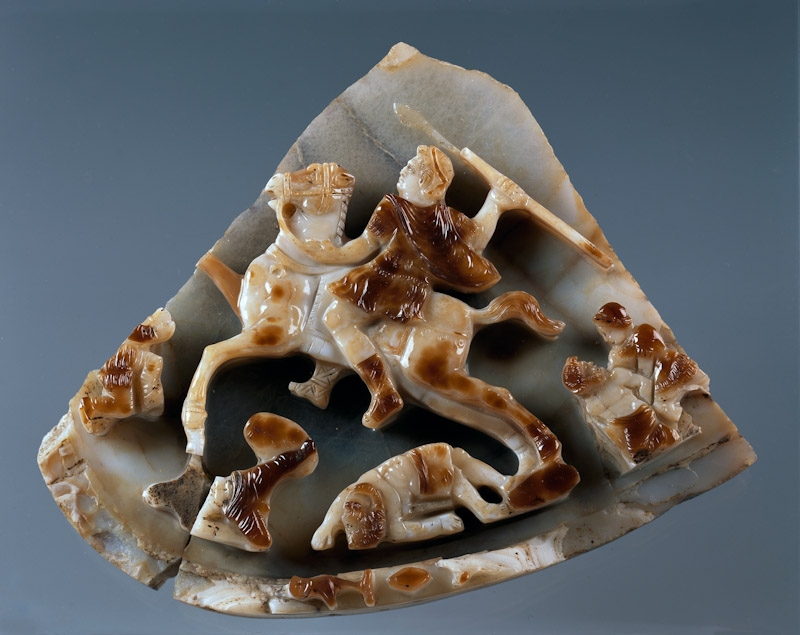


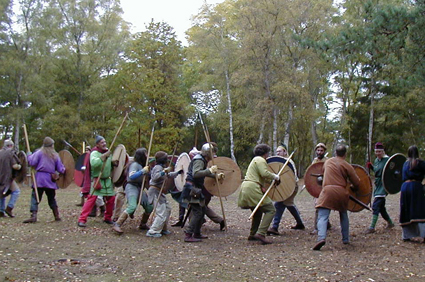




 COMMENTS
COMMENTS


